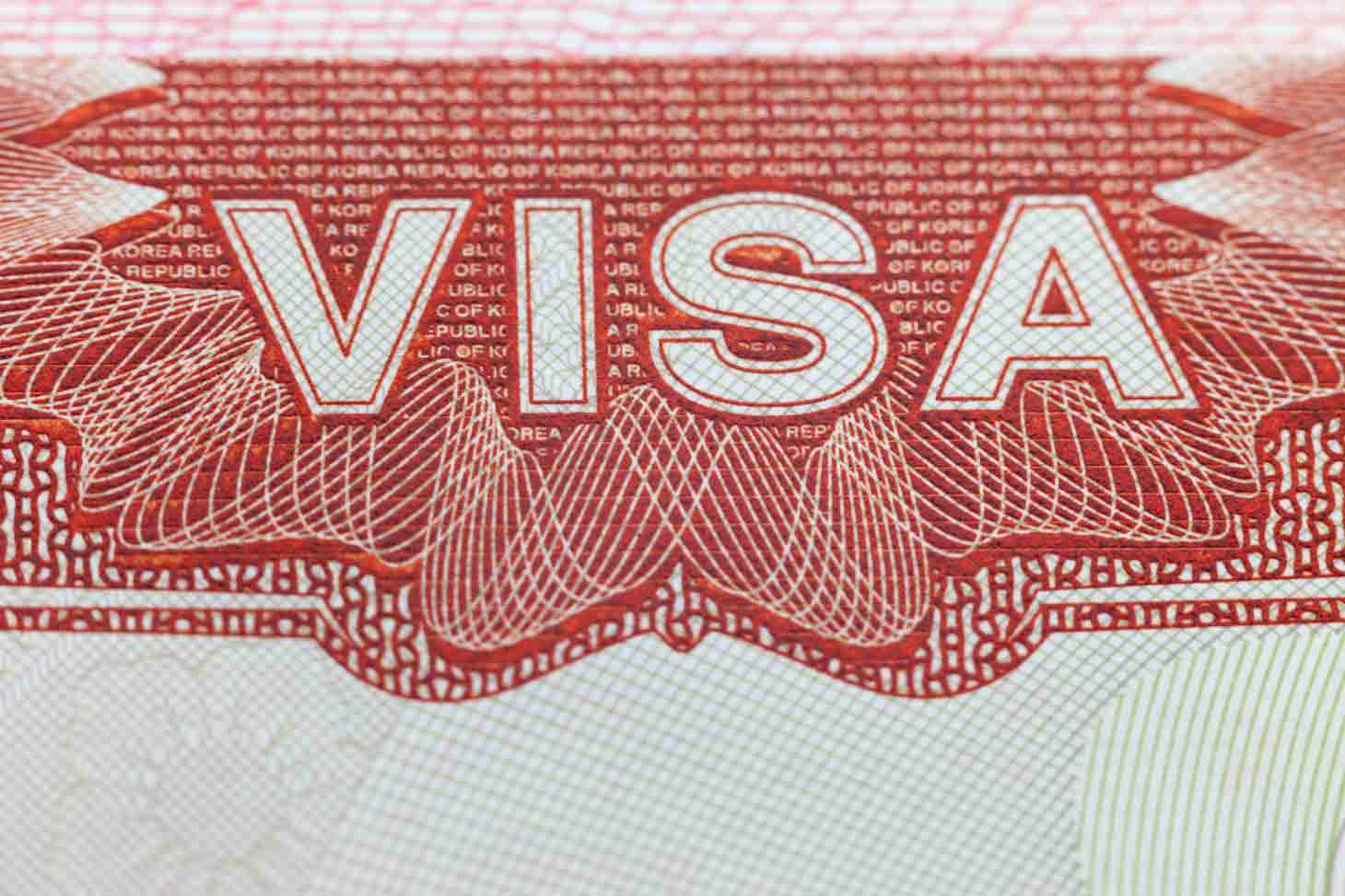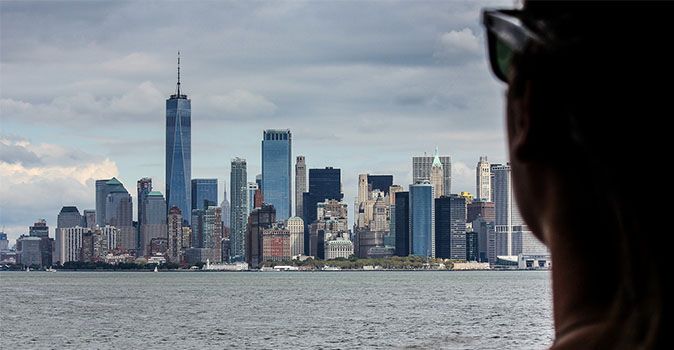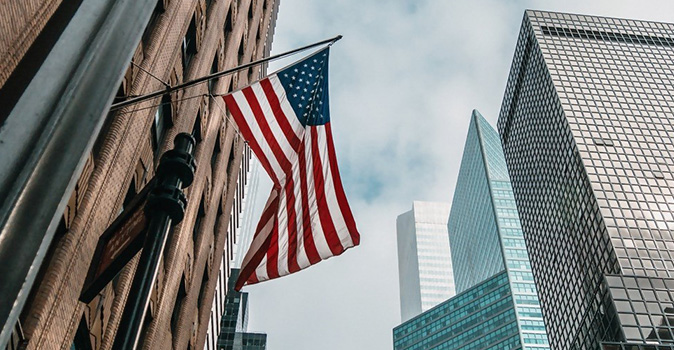Which Visa Do You Need for Your Next U.S. Trip?
Visitors come from all over the world to travel in the United States. From short business trips to permanent immigration, most visitors must obtain a visa before entering the U.S. Knowing international travel requirements before embarking on your journey can save valuable time and prevent travel mishaps.
Research visas, U.S. travel medical insurance, and documentation requirements to ensure your safety and success when traveling to the U.S. Once you've compiled your need-to-know travel information, create a travel checklist including everything from visa deadlines to packing essentials. Checking off each box will keep you on track through the excitement and bustle of your upcoming travels!
- Visitor visas are reserved for nonimmigrant persons traveling to the U.S. temporarily for business (B-1) or for pleasure, tourism or medical treatment (B-2). Certain countries qualify for temporary visits to the U.S. without a visa.
- If the purpose of travel is to consult with business associates, attend a scientific, educational, professional or business convention, settle an estate or negotiate a contract, then a B-1 visitor visa would be appropriate.
- If the purpose of travel is recreational — tourism, vacation, amusement, visit friends and family, visitors should obtain a B-2 visitor visa. Other qualifying purposes include medical treatment, service activities and amateur musical or sporting events.
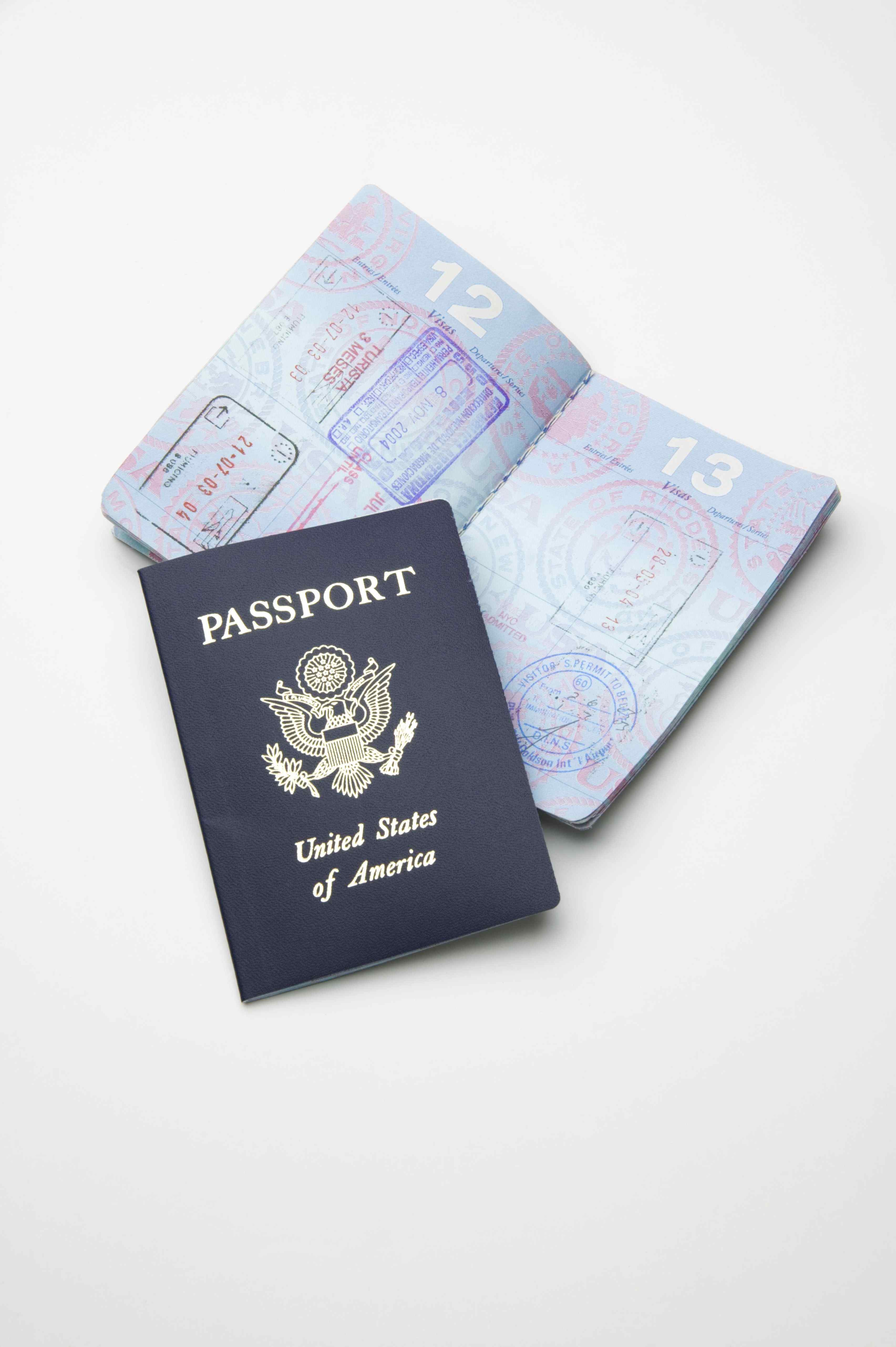
Required Documentation:
- Online Nonimmigrant Visa Electronic Application, Form DS-160. Visit the Bureau of Consular Affairs (BCA) site to access the application.
- A passport valid for travel to the United States and with a validity date at least six months beyond the applicant's intended period of stay in the United States.
- One (1) photograph.
- Nonimmigrant visa application processing fee: $160.00
- Visa issuance fee: If the visa is granted, there will be a reciprocity fee that varies by country.
Using the Bureau of Consular Affairs — Reciprocity Table, locate your country and visa category. Here, you will find the issuance fee, number of applications and visa validity period of each visa classification.
- Visa Classification - This is the type of visa for which you are applying. (Examples: nonimmigrant, student, visitor)
- Fee — The amount charged for visa issuance (or reciprocity)
- Number of Applicants — The maximum number of times the nonimmigrant visa holder can travel to the United States and apply for admission at the port of entry (usually an airport). This number will be printed on your visa.
- Validity Period — The maximum length of time (in months) for which the type of visa category can be issued.
Student Visas
Before applying for a student visa, nonimmigrant students must be accepted by a Student and Exchange Visitor Program (SEVP) certified United States educational institution. The U.S. Government requires students attending a university, college, high school, private elementary school, seminary, conservatory or other academic institution to obtain an F visa. Students attending vocational or other recognized nonacademic institutions generally need an M visa.
Typically, student visas are only required for full-time students. For applicants primarily going to the United States for tourism, but who also wish to take a short course, a visitor (B) visa should be adequate. If the course exceeds 18 hours a week, a student visa will be required.
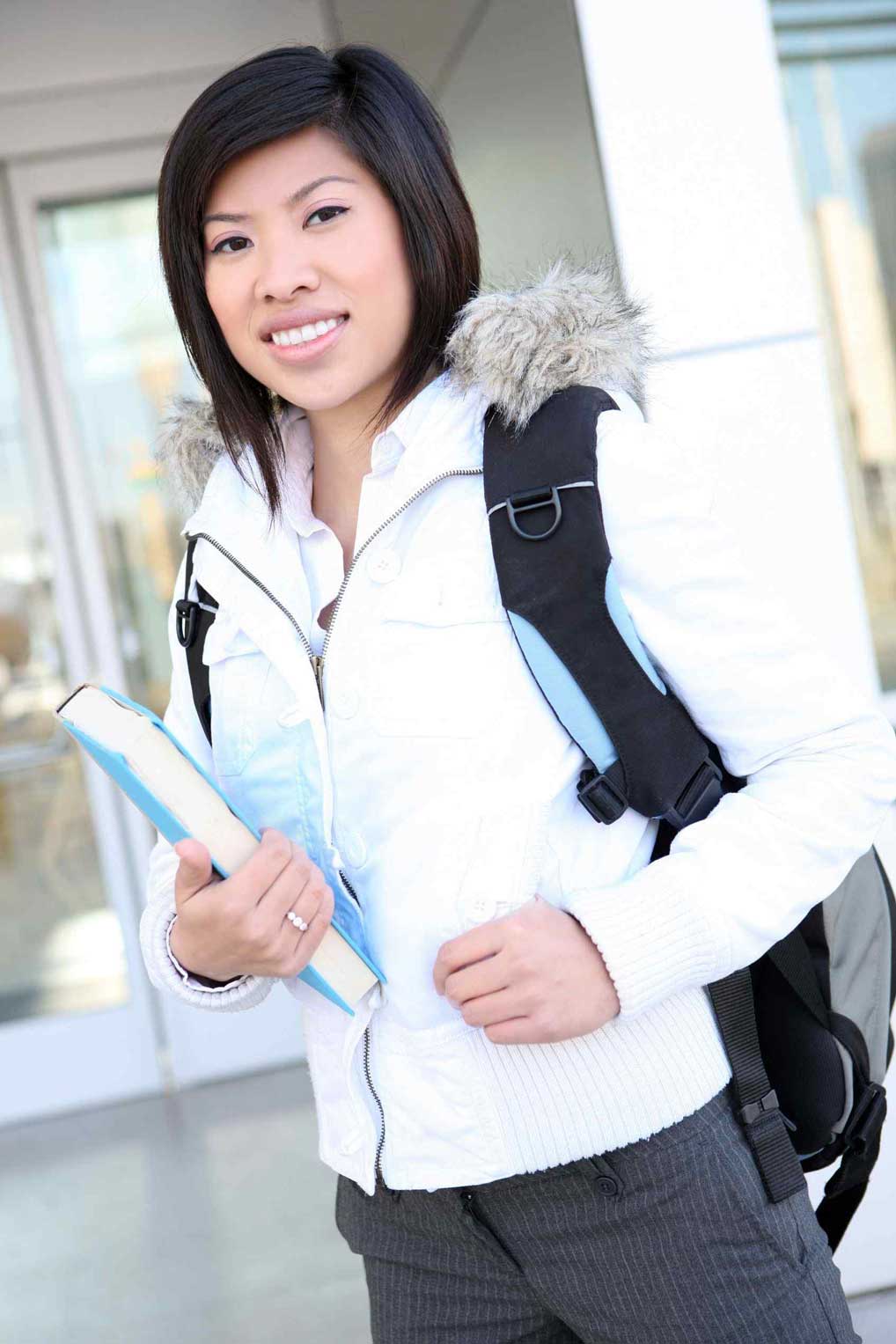
Required Documentation:
- For academic and language students, Form I-20A-B, Certificate for Nonimmigrant (F-1) Student Status.
- For vocational students, Form I-20M-N, Certificate of Eligibility for Nonimmigrant (M-1).
- Online Nonimmigrant Visa Electronic Application, Form DS-160. Visit the Bureau of Consular Affairs (BCA) site to access the application.
- A passport valid for travel to the United States and with a validity date at least six months beyond the applicant's intended period of stay in the United States.
- One (1) photograph.
- A MRV fee receipt to show payment of the visa application fee.
- Academic documentation: Transcripts and standardized test scores
- Nonimmigrant visa application processing fee: $160.00
- Visa issuance fee: If the visa is granted, there will be a reciprocity fee that varies by country.
Using the Bureau of Consular Affairs — Reciprocity Table, locate your country and visa category. Here, you will find the issuance fee, number of applications and visa validity period of each visa classification.
- Visa Classification — This is the type of visa for which you are applying. (Examples: nonimmigrant, student, visitor)
- Fee — The amount charged for visa issuance (or reciprocity)
- Number of Applicants — The maximum number of times the nonimmigrant visa holder can travel to the United States and apply for admission at the port of entry (usually an airport). This number will be printed on your visa.
- Validity Period — The maximum length of time (in months) for which the type of visa category can be issued.
Exchange Visas
Before applying for an exchange visa, the prospective visitor must be accepted in an established program that is Student and Exchange Visitor Program (SEVP) certified.
Once accepted into an approved program, the student needs to apply for the exchange visitor (J) nonimmigrant visa. Information necessary to complete the J visa application will be provided by the sponsoring organization.
Nonimmigrant visitors accepted to program categories of Au Pair and EduCare, Camp Counselor, Government Visitor, Department of State Visitor, Physician, Professor or Research Scholar, Short-term Scholar, Specialist, Student, Summer Work Travel, Teacher and Trainee are required to obtain an exchange visa before traveling to the United States.
Required Documentation:
- DS 2019, Certificate of Eligibility for Exchange Visitor Status
- A Training/Internship Placement Plan, Form DS-7002
- Online Nonimmigrant Visa Electronic Application, Form DS-160.
- One (1) photograph.
- Nonimmigrant visa application processing fee: $160.00
- Visa issuance fee: If the visa is granted, there will be a reciprocity fee that varies by country.
Using the Bureau of Consular Affairs — Reciprocity Table, locate your country and visa category. Here, you will find the issuance fee, number of applications and visa validity period of each visa classification.
- Visa Classification — This is the type of visa for which you are applying. (Examples: nonimmigrant, student, visitor)
- Fee — The amount charged for visa issuance (or reciprocity)
- Number of Applicants — The maximum number of times the nonimmigrant visa holder can travel to the United States and apply for admission at the port of entry (usually an airport). This number will be printed on your visa.
- Validity Period — The maximum length of time (in months) for which the type of visa category can be issued.
Temporary Work Visas
Based primarily on the Immigration and Nationality Act, temporary work visas are divided into a variety of categories. In order to be considered for any category of temporary work visa, the applicant's potential employer must obtain a labor certification as defined by the Department of Labor. Additionally, before applying for a temporary worker visa, applicants must obtain an approved Form I-129, Petition for Nonimmigrant Worker from USCIS.

Eligibility Categories Include:
- H-1B Persons in Specialty Occupation
- H-2A Seasonal Agricultural Workers
- H-2B Temporary or Seasonal Nonagricultural Workers
- H-3 Trainees (other than medical or academic)
- L Intracompany Transferees
For further information regarding work eligibility, please reference the Bureau of Consular Affairs website.
Required Documentation:
- Online Nonimmigrant Visa Electronic Application, Form DS-160.
- One (1) photograph.
- Visa applicants included in L blanket petitions must provide Form I-19S, Nonimmigrant Petition Based on Blanked L Petition.
- Nonimmigrant visa application processing fee: $190.00
- Visa issuance fee: If the visa is granted, there will be a reciprocity fee that varies by country.
- Other fees will be included for certain L visa applicants.
Using the Bureau of Consular Affairs — Reciprocity Table, locate your country and visa category. Here, you will find the issuance fee, number of applications and visa validity period of each visa classification.
- Visa Classification — This is the type of visa for which you are applying. (Examples: nonimmigrant, student, visitor)
- Fee — The amount charged for visa issuance (or reciprocity)
- Number of Applicants — The maximum number of times the nonimmigrant visa holder can travel to the United States and apply for admission at the port of entry (usually an airport). This number will be printed on your visa.
- Validity Period — The maximum length of time (in months) for which the type of visa category can be issued.
Note: For more information regarding your issuance fee, visit the Bureau of Consular Affairs site and select your country of permanent residence.
Sponsorships
In most cases, an applicant must be sponsored by a U.S. citizen relative, U.S. lawful permanent resident or by an employer. Additionally, potential immigrants must qualify for one of the following immigration categories to obtain an immigration visa:
- Immediate Relative and Family Sponsored: This category is reserved for those marrying U.S. citizens, children being adopted by American citizens and non-citizens marrying U.S. lawful permanent residents.
- Employer Sponsored: For immigrants being sponsored by a potential employer, an employment visa must be filed listing up to five employment options. The employer must also obtain labor certification approval to qualify as a sponsoring company.
- Special immigrants: To qualify for this category, immigrants must meet one of four special criteria: 1) Employment as an Iraqi or Afghan Translator/Interpreter 2) Iraqis employed on behalf of the U.S. Government 3) Afghans employed on behalf of the U.S. Government 4) Employment as a religious worker.
Required Documentation: Documentation varies for each category. For more documentation information, please visit the Bureau of Consular Affairs website.
- Immediate relative and family preference visa applications: $230 per applicant
- Employment-based visa applications: $405 per applicant
- Other immigrant visa applications (including I-360): $220 per applicant
Using the Bureau of Consular Affairs — Reciprocity Table, locate your country and visa category. Here, you will find the issuance fee, number of applications and visa validity period of each visa classification.
- Visa Classification - This is the type of visa for which you are applying. (Examples: nonimmigrant, student, visitor)
- Fee — The amount charged for visa issuance (or reciprocity)
- Number of Applicants — The maximum number of times the nonimmigrant visa holder can travel to the United States and apply for admission at the port of entry (usually an airport). This number will be printed on your visa.
- Validity Period — The maximum length of time (in months) for which the type of visa category can be issued.
Note: For more information regarding your issuance fee, visit the Bureau of Consular Affairs site and select your country of permanent residence.

